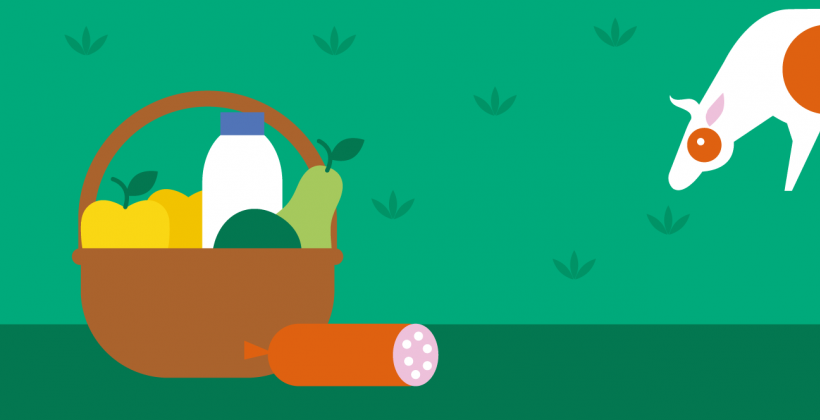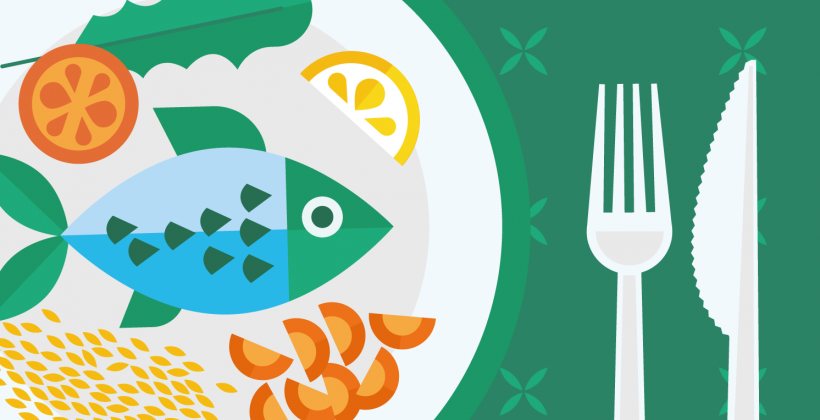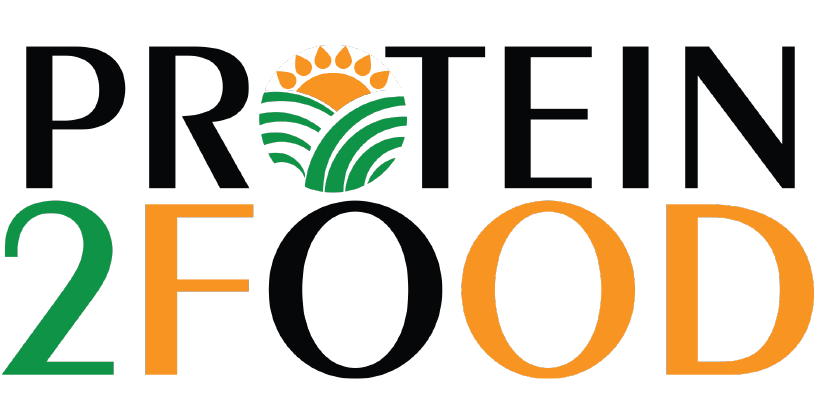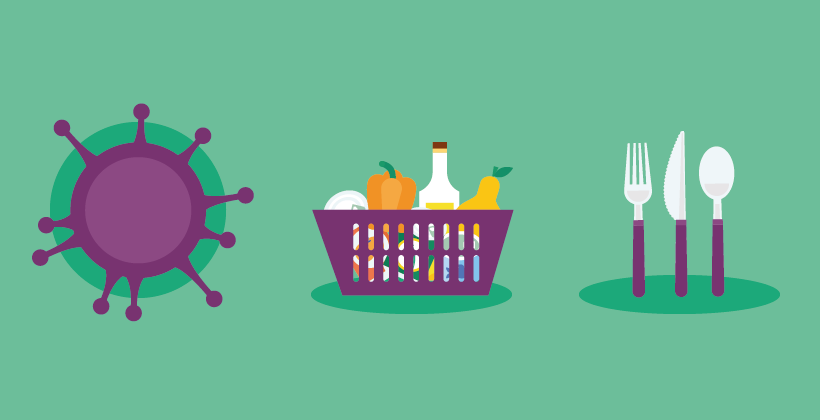Food production: A sustainable food supply
Last Updated : 02 June 2015Ensuring a sustainable supply of food for the world's fast growing population is a major challenge. Food production is one of the key areas that require action, alongside issues of food consumption, nutrition and food security.
It is estimated that by 2050 the world's population will reach 9.1 billion (34% higher than today). Food production will need to increase by 70% to feed the larger and most likely more urban population.1 More food will have to be produced using less land. In addition water and energy will become limiting factors.
Added to the challenge is that sustainable food products need to be nutrient-dense to allow people to have a diverse diet that contains a balanced and adequate combination of energy and nutrients to support good health.2
What is sustainable food production?
Sustainable food production is “a method of production using processes and systems that are non-polluting, conserve non-renewable energy and natural resources, are economically efficient, are safe for workers, communities and consumers, and do not compromise the needs of future generations”.3
Environmental impact of food production
Global food production methods must change to minimise the impact on the environment and support the world’s capacity to produce food in the future. As with other man-made activities, food production contributes to climate change, water scarcity, soil degradation and the destruction of biodiversity.3,4
It is estimated that 25% of total global greenhouse gas emissions are directly caused by crop and animal production and forestry.5 The crop and livestock sectors use 70% of freshwater resources and, together with forestry, occupy 60% of the Earth’s land surface.2
The level of environmental impact of food production relates to where and how the food is produced and the local availability of natural resources, such as water and soil. Often there are trade-offs between environmental factors, and to date there is no simple set of principles to determine if one food product is more environmentally sustainable than another.
Actions to make food production more sustainable
The European Commission is assessing how best to lower the environmental impact of food production and to limit waste throughout the food supply chain.6 By 2020 it aims to reduce the food chain’s resource inputs by 20%, through incentives for more sustainable food production and consumption.
Progress towards this target can be made immediately with current technologies and know-how. Actions to make food production more sustainable, as identified by the European Commission and in food company sustainability plans, include:
Use natural resources efficiently
- Reduce use of fossil fuels and optimise water use in production.
- Optimise land use and reduce the conversion of land for agriculture.
- Design energy and water efficient food manufacturing sites.
Protect the quality of natural resources
- Appropriate use of fertilisers and pesticides to avoid pollution of soils and waterways.
- Reduce greenhouse gas emissions to help maintain air quality.
- Reverse soil loss and restore organic matter content in soils.
- Increase biodiversity through farming practices that safeguard land, water and energy resources, and wetland and forest areas.
Protect marine resources
- Implement sustainable fishing practices to restore fish stocks and eliminate by-catch (the part of a catch taken incidentally) and discards (that are thrown away or returned to sea).
- Reduce pollution of coastal areas (e.g. from fertilisers and litter).
Procure food ingredients from sustainable sources, for example:
- Fish products certified by the Marine Stewardship Council (MSC). The MSC works with fisheries to promote sustainable fishing practices that ensure such fishing activity is at a level that can continue indefinitely and the ecosystem is maintained.
- Palm oil products certified by the Roundtable on Sustainable Palm Oil (RSPO) and similar programmes. These initiatives assure that palm oil products are produced without undue harm to the environment, such as converting rainforests to agricultural land (deforestation). Similar initiatives exist for other commodities, such as soybean.
Use environmentally efficient food packaging
- Optimise packaging use.
- Materials that have a lower environmental impact.
- Recycled materials.
Reduce food waste
- Technical strategies, such as product reformulation to extend shelf life, and use of functional packaging to reduce spoilage and waste of perishable foods.
- Reduce waste sent to landfill (e.g. food recycling plants, donate excess food to local charities, use as animal feed).
The European Commission is undertaking further work on how we move towards a more resource efficient and sustainable food system, with further reports expected to be published shortly.7
Conclusion
Articles in this Food Today series have explained how food production can meet demand for a nutritious and safe food supply that consumers can trust. This article illustrates that immediate changes can be made to food production to make it more sustainable. More work is needed. Ongoing investment by industry and governments in research, development and innovation, will however be essential to ensure that the food system can meet the demands and needs of the world’s growing population in a sustainable way.
References
- Food and Agriculture Organization of the United Nations (FAO) (2009). How to Feed the World in 2050. Rome: FAO.
- Food and Agriculture Organization of the United Nations (FAO) (2013). Healthy people depend on healthy food systems.
- Foresight (2011). The Future of Food and Farming: Challenges and Choices for Global Sustainability. Final Project Report. London: Government Office for Science.
- Food Chain Evaluation Consortium (2014). Scoping study. Delivering on EU food safety and nutrition in 2050 - Scenarios of future change and policy responses. Brussels, Belgium: European Commission.
- Food and Agriculture Organization of the United Nations (FAO) (2014). Building a common vision for sustainable food and agriculture: principles and approaches. Rome, Italy: FAO.
- Communication from the Commission to the European Parliament, the Council, the European Economic and Social Committee and the Committee of the Regions. Roadmap to a Resource Efficient Europe. COM/2011/0571 final.
- European Commission website, Sustainable Food section.








